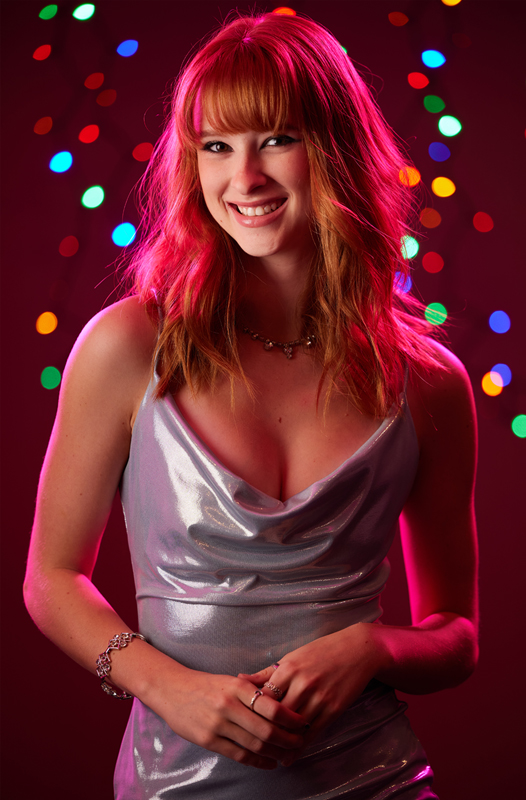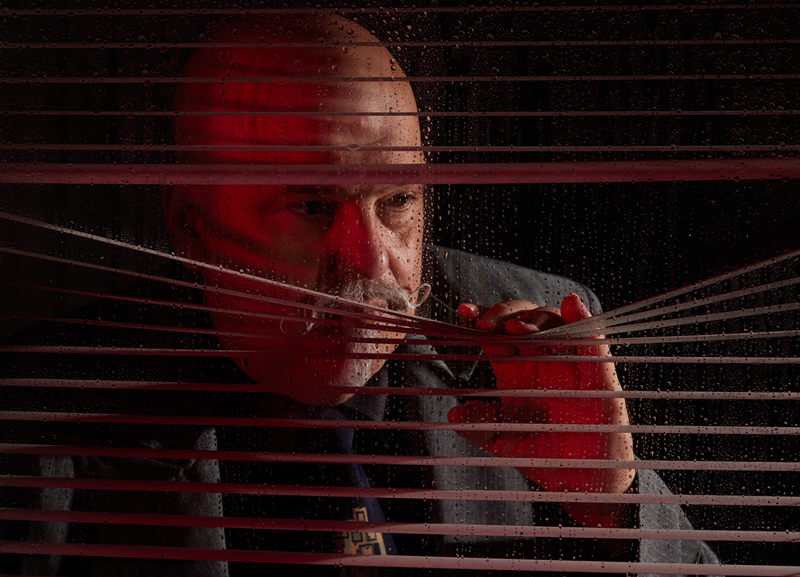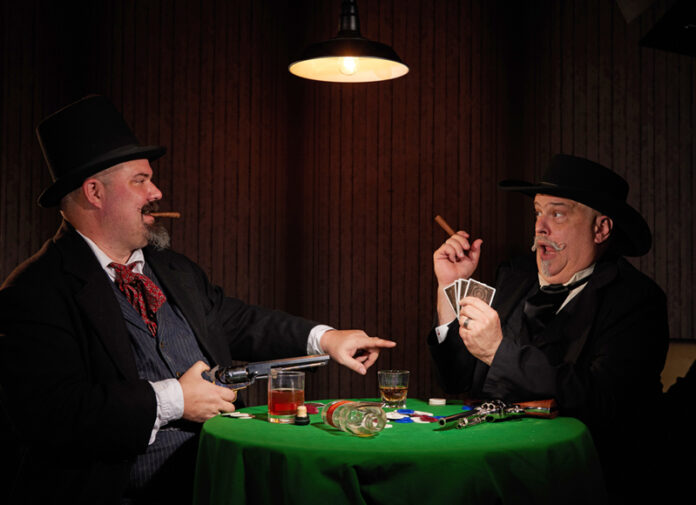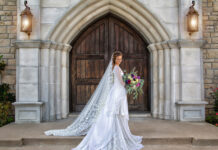For Realism and Authenticity
by
Rob Hull
Alaskan Inuit are said to have more than 70 words for snow. That’s understandable when you consider how vital snow is to their culture and their very survival. For you as a photographer, light is an essential element that can transform a simple image into a powerful visual narrative. Understanding light is critical if you want to master your craft. Two important concepts to grasp are motivated light and practical light. Understanding these terms and concepts helps you control the mood, realism, and artistic quality of your images.
Motivated Light — Motivated light is a technique in which the light in a scene appears to come from a logical and believable source. The source can be within the frame or not. The idea is to make the lighting appear natural and justified. For instance, if a scene is set in a room with a window, you may use additional lighting to mimic sunlight streaming through the window, even if the actual light source is artificial.

Flash outdoors can be a worthwhile, motivated light. When using fill flash outdoors, it’s best to have the flash in the same general direction as the sun. In this case, the flash becomes a motivated light source, mimicking the natural environment, making the flash appear natural. It contributes to the realism of the image, all while still helping to fill in harsh shadows. The primary incentive behind using motivated light is to maintain the visual coherence of a scene. It helps the audience accept the image as real, even if the lighting has been carefully controlled or manipulated. In portrait photography, for example, motivated light might be used to highlight the subject’s face in a way that appears to come from a nearby lamp or the sun, creating depth and focus while still adhering to the natural feel of the setting.
It’s fair to consider motivated lights a story-driven lighting design. Lights are added to a scene to support a narrative, not just to provide proper exposure. The choice of lights (including modifiers, gels, etc.) is critical to successful lighting. The brightness, color, and direction of the light must match a natural source.
Practical Light — Practical light refers to using actual light sources visible within the frame, such as lamps, candles, or streetlights. Unlike motivated light, which often involves off-camera lighting that mimics a logical source, practical lights are part of the environment. They are used both as a source of illumination and a compositional element.

In photography, practical lights serve a dual purpose. First, they provide a sense of realism and authenticity to the scene, grounding the image in a believable setting. For example, the image of the gambler has a shop light hanging over a poker table. It is included in the frame to help tell the story. I’ve also used motivated light to illuminate the table and the subject – the placement of which mimics the shop light.
Second, practical lights contribute to the overall mood and tone of the image. The warm glow of a table lamp can evoke a sense of coziness, while the harsh, flickering light of a neon sign can add tension or a sense of isolation. By carefully positioning and adjusting the intensity of practical lights, you can create dynamic compositions that enhance your work’s narrative and emotional impact.
Practical lights also offer creative opportunities. Experiment with different lighting effects. They can be used to create interesting patterns, reflections, or shadows that add texture and depth to the image. Practical lights can also interact with other light sources in the scene, creating complex lighting setups that enhance the visual storytelling.
Whenever you use a practical light in a scene, that light becomes the basis for determining your exposure. Often, you have little control over the brightness and color of a practical light, so it’s important that other lights you use to illuminate your scene blend naturally. When a practical light is in the scene, adjust your other lights’ brightness, direction, contrast, and color to ensure the final image looks natural.
Both motivated and practical light are powerful tools in photography that allow you to shape the visual narrative of your images. Motivated light ensures that the lighting in a scene feels natural and believable, while practical light adds authenticity and mood. By mastering these concepts, you can create compelling images that resonate with viewers and support your story.
 Rob Hull is a Master Photographer and experienced teacher from Coppell, Texas, who believes learning should be fun. At Texas School 2025, he will be teaching a course, “The Photographic Craftsman,” designed to help photographers blend an artisan’s skills with a technician’s expertise so they can master their tools and “know light.”
Rob Hull is a Master Photographer and experienced teacher from Coppell, Texas, who believes learning should be fun. At Texas School 2025, he will be teaching a course, “The Photographic Craftsman,” designed to help photographers blend an artisan’s skills with a technician’s expertise so they can master their tools and “know light.”











